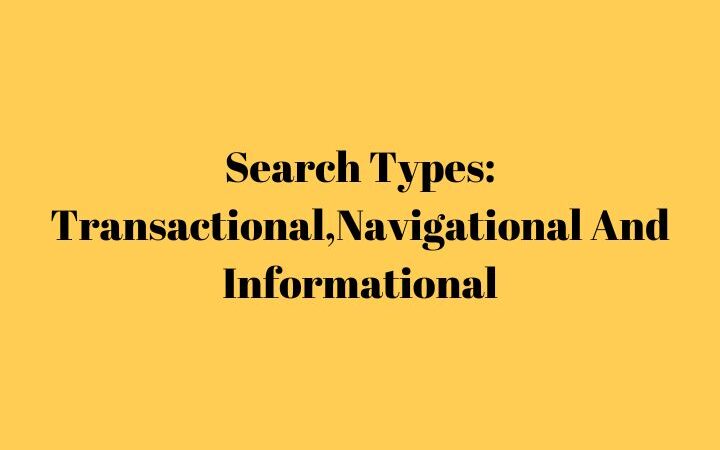Inbound Marketing: Why And How To Create A White Paper Or E-book?

Inbound Marketing : A white paper: what is it exactly? What are the stages of its development? Is the design of a white paper for all entrepreneurs? We invites you to discover how to integrate this lead-generating practice into the heart of your marketing approach.
The white paper is a very effective tool from a marketing point of view. For this reason, it’s worth considering incorporating it into your content strategy.
Table of Contents
What Is A White Paper?
The white paper, also called e-book, is a guide made on the traditional model of paper guides (introduction, chapters, references, conclusion).
It deals with a specific theme in a more or less exhaustive way depending on the objective pursued.
Companies implementing an inbound marketing strategy use it almost systematically.
Why Write A White Paper?
The white paper or e-book is a conversion marketing tool with two fundamental objectives, which are: to inform, and to generate leads.
One does not go without the other, be careful not to fall into the trap of approximation when it comes to writing the content of your white paper.
If your primary goal is to collect email addresses with an enticing e-book offer, remember that to retain qualitative leads, you will need to bring real added value.
Writing a quality ebook, which will testify to your expertise and make you gain notoriety, requires a certain care.
The Steps To Creating A White Paper
Creating a white paper requires a certain amount of know-how.
Here are our tips to ensure that each of the essential steps of your e-book is carried out at best.
1) The preparation of your guide.
The preparation stage of your white paper is essential to be able to organize your ideas and be able to design a reference work in your field.
You will have to:
- identify who you are writing this book for,
- define what you are going to talk about. Highlight the problems of your audience, around several central questions, to which you will answer,
- determine how the topic will be approached. Opt for popularization with quality content, neither too simple nor too complex; use precise and adapted terms,
- decide how the different parts of your book will be organized.
Only then can the drafting work begin.
2) Write your white paper.
For this phase, you will be able to work alone, in collaboration with experts or to call on an external service provider: the freelance writer.
Each section of your book will focus on a specific point and the writing of your thematic guide can be broken down as follows:
- an introduction: its purpose is to arouse interest; it will contain a catchphrase and open the reading towards the discovery of the summary.
- several thematic chapters: each will provide a presentation of the subject addressed and possible solutions to remedy it. A brief summary of the key concepts will be proposed at the end of each chapter.
- a conclusion. Here, you will bring the reader to contact you, thanks to a quick presentation of your offer in relation to the issues raised.
- the provision of documentary sources (bibliography, links to institutional sites or articles, etc.).
Once this work is done, you will be left with a layout effort. Software such as InDesign is highly recommended for a truly professional rendering.
Create a dedicated landing page and do not forget to take care of the presentation of the form to encourage your prospects to complete it and be able to collect valuable information.
To distribute your white paper, integrate redirect buttons, or call-to-action, in various strategic places on your website (which will also allow you to retrieve the contact information of your leads).
Also Read : Email Marketing Strategy






